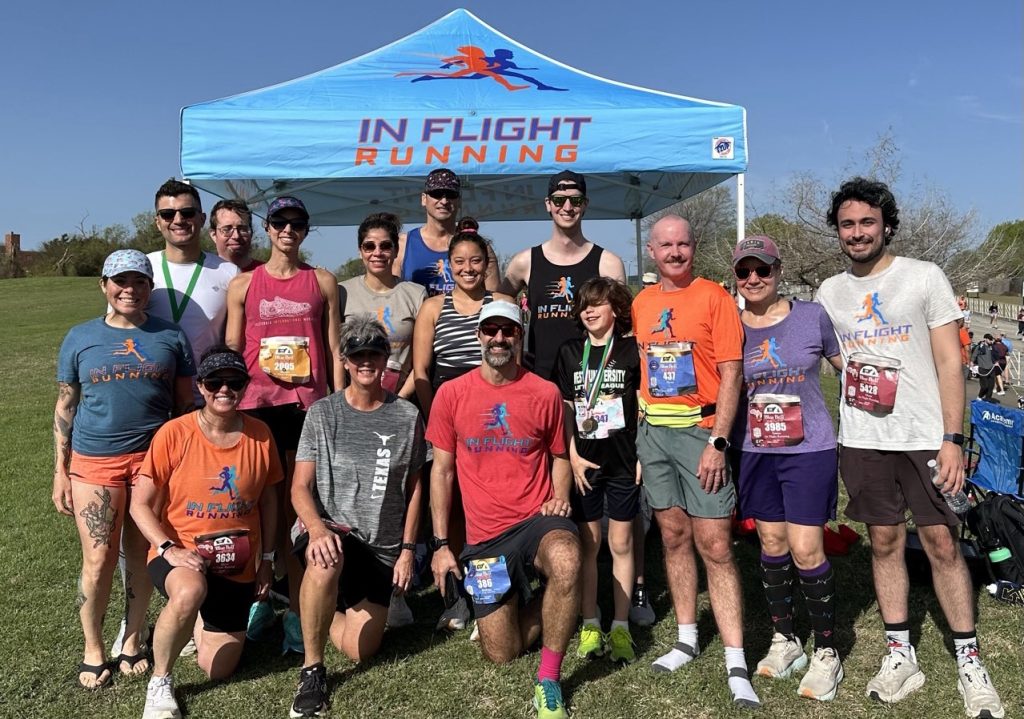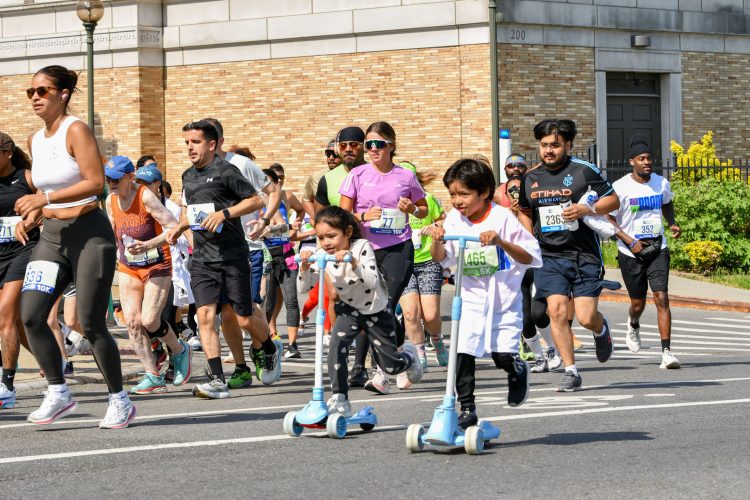In a world where digital interactions increasingly dominate our lives, the simple act of running side-by-side with others offers a profoundly human connection. Neighborhood running clubs are surging in popularity across cities and towns, and it’s no surprise why—they offer a rare combination of physical challenge, emotional support, and community engagement. Beyond improved cardiovascular health and stamina, these grassroots groups are transforming neighborhoods into networks of encouragement, accountability, and resilience. Whether you’re a seasoned marathoner or a casual walker, joining a local running club can nourish both your body and your sense of belonging.
The Rise of Neighborhood Running Groups
Running has long been one of the most accessible forms of exercise. But what’s changed in recent years is the collective spirit growing around it. Across parks, sidewalks, and trails, local groups are springing up with consistent schedules, community goals, and inclusive vibes. From pre-dawn joggers to weekend family fun runs, these clubs attract people of all ages and fitness levels. In a time when social isolation, anxiety, and sedentary lifestyles are rising, running clubs offer a compelling antidote: movement paired with meaningful connection. What began in many places as a casual Meetup or a Facebook post has now evolved into a neighborhood ritual with health benefits that extend far beyond physical endurance.
Physical Benefits Amplified by Community
At its core, running strengthens the heart, lungs, muscles, and bones. It boosts metabolism, burns calories, and promotes longevity. But research increasingly shows that exercising with others enhances these effects. When running in a group, people tend to push themselves further and stay committed longer. There’s a psychological principle known as the Köhler Effect, where no one wants to be the weakest link—so everyone works harder. Running with others can also improve your form, pace, and recovery as you’re more likely to adopt habits from others or receive constructive feedback. Plus, there’s less chance of skipping a workout when friends are waiting at the corner for you at 6 a.m. rain or shine.
The Emotional and Mental Health Gains
The mental health benefits of exercise are well-documented—endorphins, serotonin, and dopamine released during runs lift mood and reduce symptoms of depression and anxiety. But when these physiological perks are combined with the emotional boost of social interaction, the effects are even more pronounced. Many runners report that their neighborhood club becomes a form of weekly therapy, a safe space to vent, celebrate, or simply be present. In fact, running together can foster vulnerability and openness in ways typical conversations can’t. Side-by-side communication during physical movement is less intimidating, often leading to deeper friendships. For those recovering from grief, managing stress, or navigating major life changes, these clubs often serve as grounding lifelines.
Creating Inclusive and Safe Spaces
One of the standout traits of neighborhood running clubs is their growing commitment to inclusivity. Many clubs now prioritize being beginner-friendly, body-positive, and gender-inclusive. They create spaces where walking is welcomed, pace doesn’t define worth, and all bodies are celebrated. This is crucial in encouraging those who might otherwise feel intimidated by fitness culture. Some clubs offer “no-drop” policies, meaning no runner is ever left behind, and leaders circle back to ensure everyone completes the route safely. The focus isn’t on speed but on showing up. This shift from competition to community makes running more approachable for people of all backgrounds.
Strengthening Neighborhood Identity
Beyond health benefits, running clubs enrich neighborhood life in unique and visible ways. Regular group runs bring energy to local parks and sidewalks, making public spaces feel more active and safe. Clubs often organize charity races, clean-up efforts, or food drives—deepening their civic impact. By simply gathering people regularly, these groups help build trust among neighbors, create opportunities for local businesses to engage, and even boost local pride. A running club can become a cornerstone of community identity, uniting longtime residents and newcomers alike. Many runners who move to a new city find their first friends and support networks through such clubs.

How to Join or Start a Running Club
Joining a running club is easier than ever. Start by checking community boards, social media platforms like Facebook and Strava, or local running store websites. Many clubs host open runs that welcome first-timers with no pressure. If none exist in your area, starting one is surprisingly simple:
- Define the Mission and Tone: Decide what kind of vibe your group will offer—social and casual, training-focused, or beginner-friendly. Clarity helps attract like-minded runners.
- Choose a Regular Meeting Time and Location: Consistency builds habits. Whether it’s Saturday mornings at the park or weeknight sunset runs, pick a time that accommodates the most people.
- Leverage Digital Tools: Use WhatsApp, Strava clubs, or Instagram to share updates, photos, and encouragement.
- Promote Safety: Choose well-lit routes, create buddy systems, and clearly communicate pace expectations.
- Celebrate Milestones: Recognize member achievements, birthdays, or running anniversaries. Personal touches build group loyalty.
- Foster Inclusivity: Welcome walkers, offer beginner tips, and discourage elitism. Your group will grow in strength and diversity.
Balancing Structure and Flexibility
While having structure—like scheduled runs and goal-setting—helps maintain engagement, flexibility keeps things sustainable. Not everyone can commit to every run, so offer a judgment-free zone where consistency is celebrated, not enforced. Create options for different levels, such as “fun runs” for those easing into fitness and tempo runs for those training. Some clubs add variety by rotating routes, ending runs with coffee or smoothies, or doing themed outfits or music runs. These light-hearted touches make the experience enjoyable, helping members return not just for the workout but for the joy.
The Role of Leadership and Volunteers
Strong leadership keeps a club organized and motivated. While it doesn’t have to be formal, having a few dedicated coordinators helps with planning routes, welcoming new members, and maintaining group dynamics. Rotating leadership roles or creating a small volunteer team spreads responsibility and prevents burnout. Encouraging members to take turns leading warm-ups or suggesting routes fosters ownership and camaraderie.
Stories from the Pavement: Real Lives Transformed
It’s not uncommon to hear testimonials from runners who credit their clubs with life-changing impacts. From losing significant weight to overcoming depression, from quitting smoking to gaining lifelong friends or even meeting spouses—the emotional resonance of running together is profound. In some cases, neighborhood running clubs have even mobilized for causes like raising awareness for rare diseases or supporting local schools. These narratives aren’t just inspiring—they’re a testament to the transformative power of small, consistent human gatherings.
Adapting to Changing Seasons and Life Rhythms
Sustaining a running group through seasons—both literal and metaphorical—requires adaptation. Cold winters, scorching summers, or members entering new life phases (like parenthood or job changes) can shift participation. Offering alternative meetups like virtual check-ins, indoor track sessions, or family-friendly events can help maintain connection. Remind members that it’s okay to step away and return—what matters is the ongoing sense of community.
Conclusion: Stronger Together, One Step at a Time
In an age of disconnection, neighborhood running clubs represent a simple, beautiful truth: we thrive when we move forward—together. More than fitness trends or training regimens, these groups offer a model for communal health, resilience, and belonging. Whether you’re chasing a personal best or just want to get off the couch and meet people, there’s room for you on the trail. Lace up, find your rhythm, and discover how shared footsteps can lead to stronger hearts, healthier minds, and a more united neighborhood.

















































